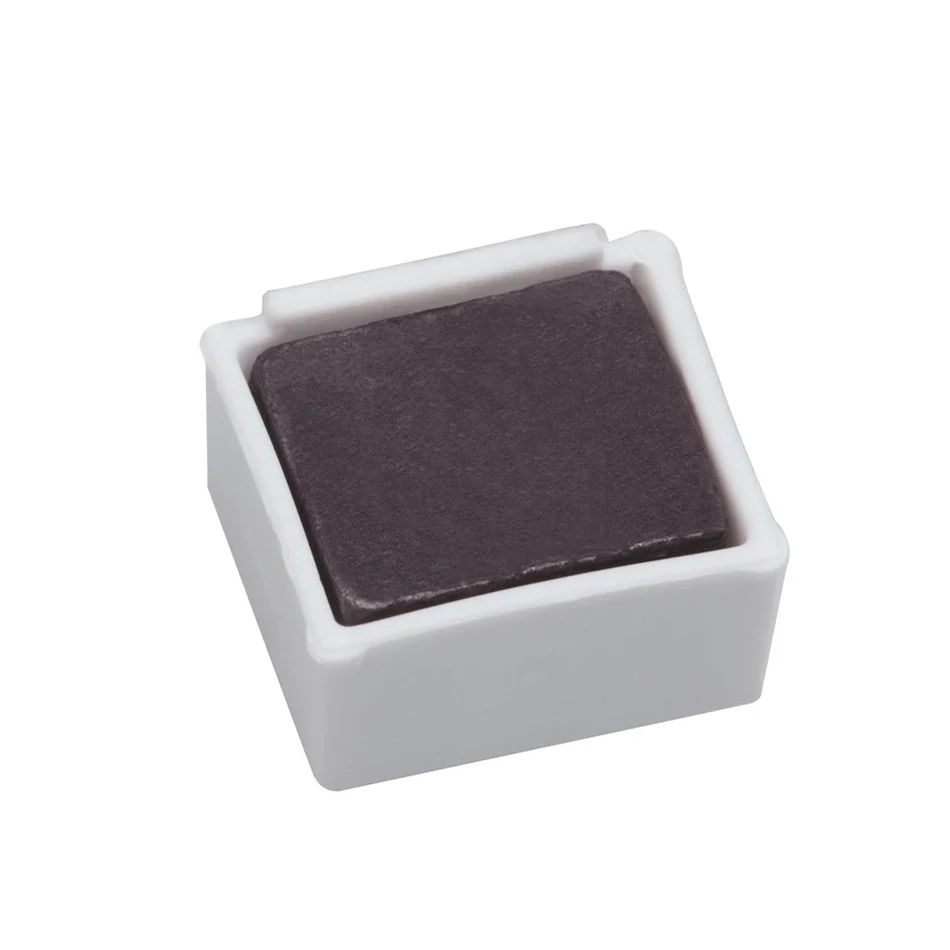Ever come across something like “45/25-35.75” and wondered what in the world it means?
You’re not alone.
The combination of numbers and slashes isn’t some random string.
It’s crucial to understand because it might just change the way you see certain measurements, especially if you’re working in industries where precision matters.
But let’s break it down and simplify things because, let’s be real, who has time for overly technical explanations?
Is It a Formula, Measurement, or Something Else?
Here’s the deal:
“45/25-35.75” represents a measurement.
This format is common in fields like tire specifications, manufacturing, engineering, and even some types of building projects.
But if you’re scratching your head, don’t worry, we’ll clear it up.

Breaking Down the “45/25-35.75” Measurement
Think of “45/25-35.75” as a shorthand for different aspects of a product’s size.
Here’s how it typically works:
- The first number (45): This often represents one dimension of a product. For instance, in the tire industry, it might refer to the height of the sidewall as a percentage of the tire’s width.
- The second number (25): This can denote another key dimension, like the width of a product. In tires, for example, this would be the tire’s width in millimeters.
- The final number (35.75): This is where things get specific. It usually reflects an exact measurement of a component, often in inches or millimeters.
Sounds simple enough, right?
But what’s really important is how these measurements are used in various industries, and how understanding them can make a big difference.
Why Does “45/25-35.75” Matter?
Here’s a real-life scenario:
Say you’re buying tires, and you see the “45/25-35.75” specification on the label.
If you don’t understand it, you could end up buying the wrong product that doesn’t fit your vehicle or project.
On the flip side, if you do know what these numbers mean, it’s smooth sailing.
You can confidently choose the right product, avoiding costly mistakes and frustration.
And this goes beyond tires.
Industries like construction, engineering, and manufacturing rely on precise measurements like these to ensure their projects run smoothly.
Real-Life Example: Tires
Picture this:
You’re at the tire shop, and the salesperson shows you a tire labeled “45/25-35.75.”
They start talking about how it’s the perfect fit for your car.
But if you don’t know what that combination of numbers means, how do you know they’re right?
Here’s what’s really going on with that label:
- The 45 means that the height of the tire’s sidewall is 45% of its width.
- The 25 refers to the tire’s width in millimeters.
- And 35.75? That’s the exact diameter of the tire in inches.
Now you know exactly what those numbers mean and whether or not that tire will work for your car.

Other Industries That Use “45/25-35.75” Measurements
It’s not just tires.
You’ll see this kind of format in tons of other places, like:
- Engineering projects: Precision parts often use these types of measurements to ensure they fit perfectly.
- Manufacturing: When creating components, measurements like “45/25-35.75” make sure that everything fits together just right.
- Construction: Blueprints, material dimensions, and parts often rely on similar formats to avoid any errors in construction.
Why Precision Matters
Think about this:
If a manufacturer gets a measurement wrong by even a tiny amount, like mistaking “45/25-35.75” for “45/20-35.75,” the result could be disastrous.
Maybe the part doesn’t fit.
Maybe it breaks under stress.
The point is, precision matters. Understanding what these numbers mean ensures that everything works like it’s supposed to.
Frequently Asked Questions About “45/25-35.75”
What does “45/25-35.75” stand for?
It’s a shorthand for specific measurements, usually broken down as height, width, and an exact dimension (often in inches or millimeters).
Where is “45/25-35.75” used?
You’ll find it in industries like automotive (tires), engineering, construction, and manufacturing.
Why is it important to understand these numbers?
If you don’t understand these measurements, you might end up using the wrong parts or products, leading to errors, wasted money, or even safety issues.
Can the numbers in “45/25-35.75” vary depending on the industry?
Yes. The format stays similar, but what each number represents can change based on the context.
In some industries, it might refer to height, width, and diameter.
In others, it could represent totally different dimensions.
Understanding the Implications of “45/25-35.75”
If you’re in an industry that relies on precision, understanding how measurements like “45/25-35.75” work is crucial.
Getting these numbers wrong can lead to costly errors or even dangerous situations.
But here’s the thing:
Once you’ve got a handle on it, it becomes second nature.
It’s like knowing your shoe size or your car’s gas mileage—it’s information that helps you make better, smarter choices.
How to Double-Check “45/25-35.75” Measurements
Before you make any purchases or start any projects, it’s a good idea to double-check the numbers.
Here’s how you can do that:
- Ask an expert: Whether it’s a tire professional or an engineer, don’t hesitate to get a second opinion.
- Look at the manufacturer’s specifications: Most product labels or blueprints will clearly explain what each number means.
- Use a measuring tool: When in doubt, measure it yourself. This can help avoid costly mistakes.
Final Thoughts on “45/25-35.75”
In short, “45/25-35.75” might look confusing at first, but it’s just a precise way to convey important measurements.
And these numbers pop up in everyday life more than you might think.
The next time you see a string of numbers like “45/25-35.75,” you’ll know exactly what to do.
Understanding this can save you time, money, and stress—whether you’re buying tires, working on a construction project, or manufacturing parts.
Master these measurements, and you’ll always be one step ahead!







